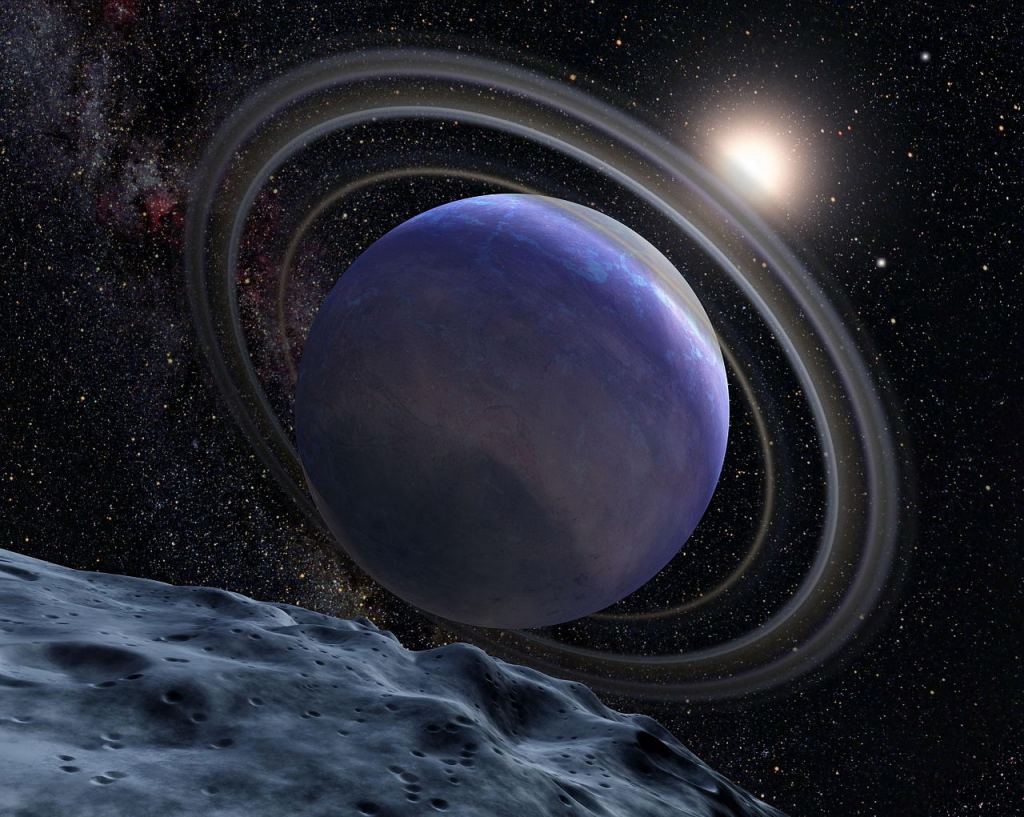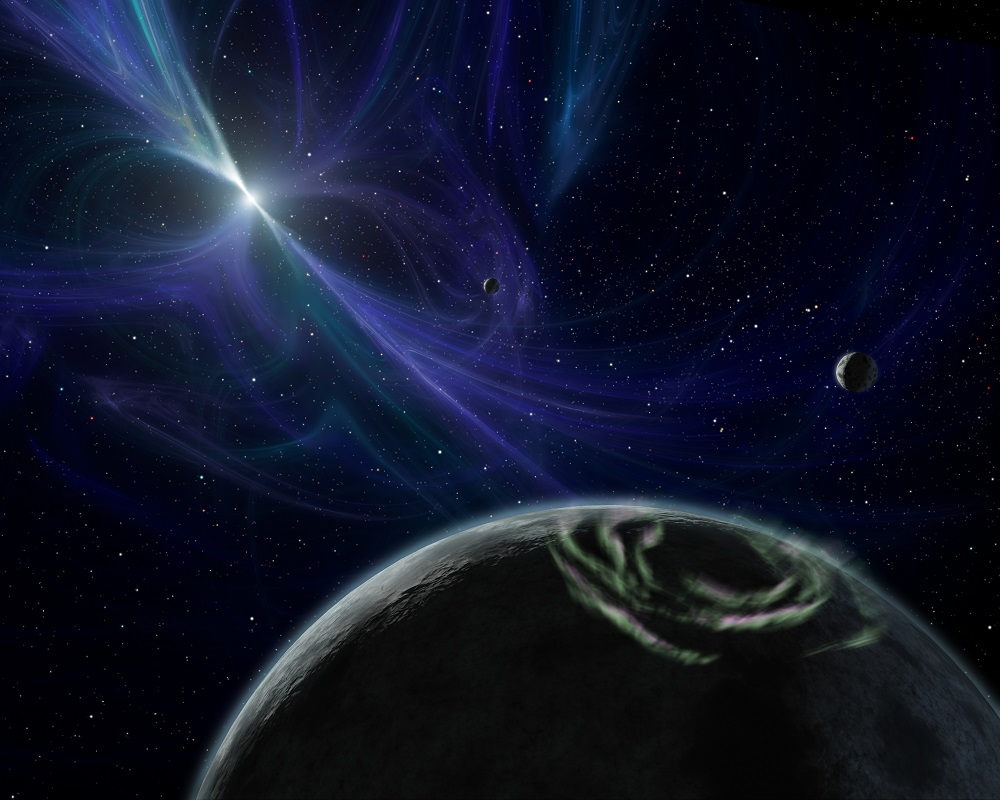Exoplanets have become quite the sensation over the last decade-plus, with scientists confirming new exoplanets on a regular basis thanks to NASA’s Kepler and TESS missions, along with the James Webb Space Telescope recently examining exoplanet atmospheres, as well. It’s because of these discoveries that exoplanet science has turned into an exciting field of intrigue and wonder, but do the very same scientists who study these wonderful and mysterious worlds have their own favorite exoplanets? As it turns out, four such exoplanet scientists, sometimes referred to as “exoplaneteers”, were kind enough to share their favorites with Universe Today!
“My favorite is actually a system of exoplanets: the HR 8799 system,” said Dr. Theodora Karalidi, who is an assistant professor in the Department of Physics at the University of Central Florida. “The system has four planets that are giant and are still warm enough and far enough from their parent star so that we can see them with our telescopes. Seeing the planets rotating around their parent star is fascinating.”
HR 8799 is located approximately 130 light-years from Earth within the constellation Pegasus, whose planets—HR 8799 b, HR 8799 c, HR 8799 d, and HR 8799 e—were discovered using the direct imaging method, with b, c, and d being discovered in 2008, and e being discovered in 2010. All four exoplanets range from 8 to 10 times as massive as Jupiter, and all orbit well beyond its parent star’s HZ.

“I love lots of exoplanets and am not good at choosing favorites, but I suppose I’d have to pick Kepler-9d because I discovered it!” Dr. Darin Ragozzine, who is an associate professor in the Department of Physics and Astronomy at Brigham Young University, proudly exclaimed. “The Kepler Team was working actively on Kepler-9, and I had the idea to check for additional signals and out popped Kepler-9d. It’s my only personal planet discovery, though I have been involved with many others!”
After its discovery using what’s known as the transit method in 2010, Dr. Ragozzine was also the lead author of a 2018 historical piece on the Kepler-9 system, which is located approximately 2,049 light-years from Earth. As stated, the exoplanet that Dr. Ragozzine discovered is Kepler-9d, which is hypothesized to be a rocky planet just over 3 times as massive as the Earth. While this sounds intriguing for the prospects for life, Kepler-9d orbits well inside the habitable zone (HZ) of its parent star, and far closer than Mercury with an orbital period of only 1.6 days.
“I love HD 20782 b,” said Dr. Stephen Kane, who is a Professor of Planetary Astrophysics with dual roles in the Department of Earth and Planetary Sciences and the Department of Physics and Astronomy at the University of California, Riverside. “It is the most eccentric known exoplanet (e = 0.97!!), and so is an incredible giant wrecking ball that gets so close to its star that they almost touch!”
HD 20782 b is known as a highly eccentric exoplanet that is located approximately 117 light-years from Earth, meaning its orbit is incredibly elongated and actually travels in and out of its star’s HZ during the course of one orbit. It was discovered in 2006 using the radial velocity method, is slightly more massive than Jupiter, and takes more than one and a half years to orbit its star. A short clip of HD 20782 b’s orbit was provided by Dr. Kane and can be found here.

The final favorite exoplanet in our journey isn’t a specific exoplanet or exoplanetary system, but a specific type of exoplanet known as pulsar planets, which as the name implies, are exoplanets orbiting pulsars, and are incredibly rare. These exoplanets are a favorite of Dr. Alex Wolszczan, who is an Evan Pugh University Professor in the Department of Astronomy and Astrophysics at Penn State University, saying they’re his favorite not just because he discovered them.

“They are the first confirmed exoplanets, and that discovery carried with it the prediction that planets should be common around all kinds of stars, which is exactly what we have found out over the last 30 years,” explains Dr. Wolszczan.
The discovery Dr. Wolszczan refers to happened in 1992 with two exoplanets in a system known as PSR B1257+12 located approximately 1,950 light-years from Earth, and were found using the pulsar timing method, with a third exoplanet being confirmed in 1994. While this seems intriguing enough, pulsar planets would not be a good place to look for life due to the intense levels of radiation emanating from the pulsar itself.
What are your favorite exoplanets, exoplanetary systems, or types of exoplanets?
As always, keep doing science & keep looking up!
The post Do Exoplanet Scientists Have Favorite Exoplanets? appeared first on Universe Today.
No comments:
Post a Comment